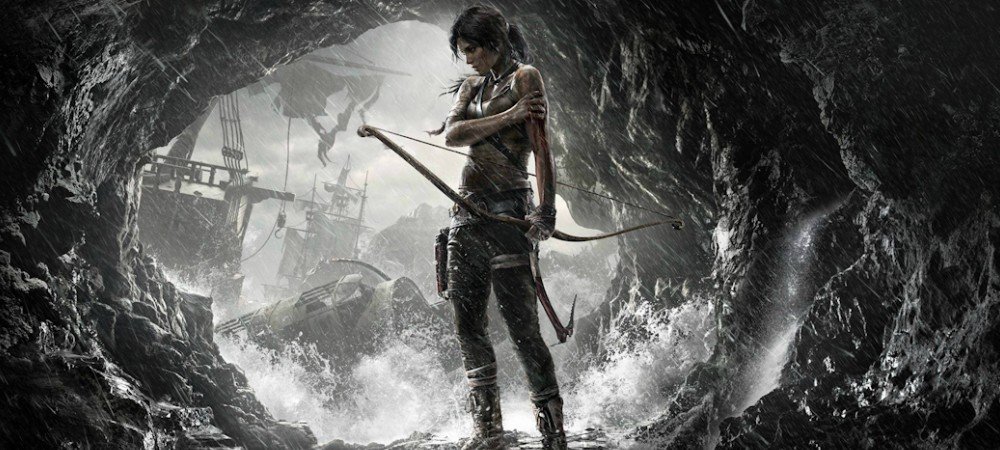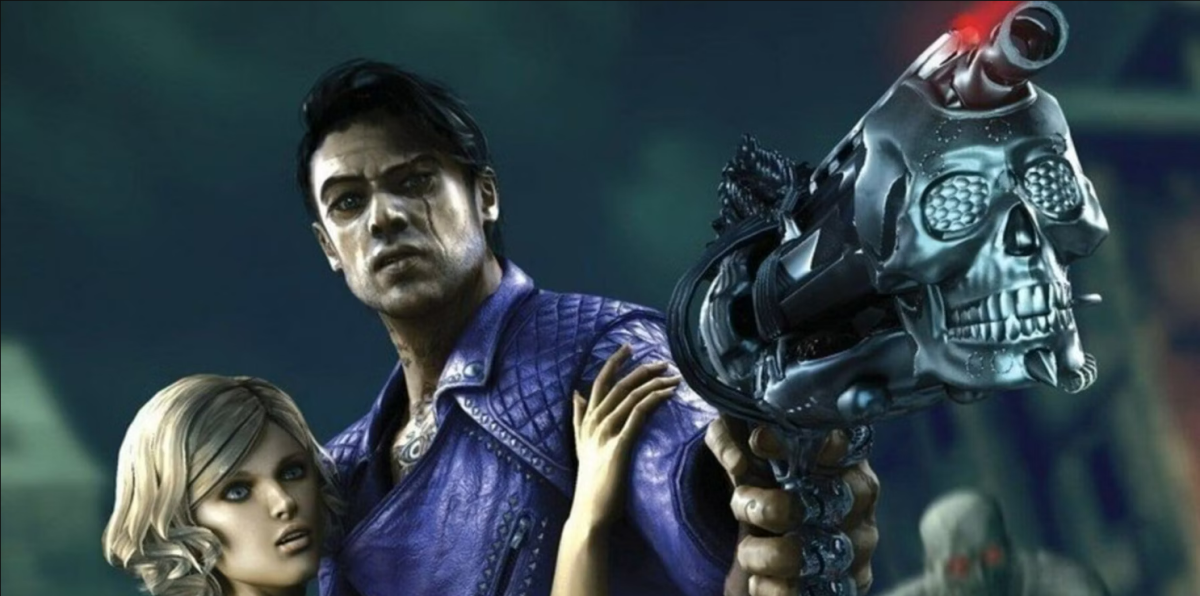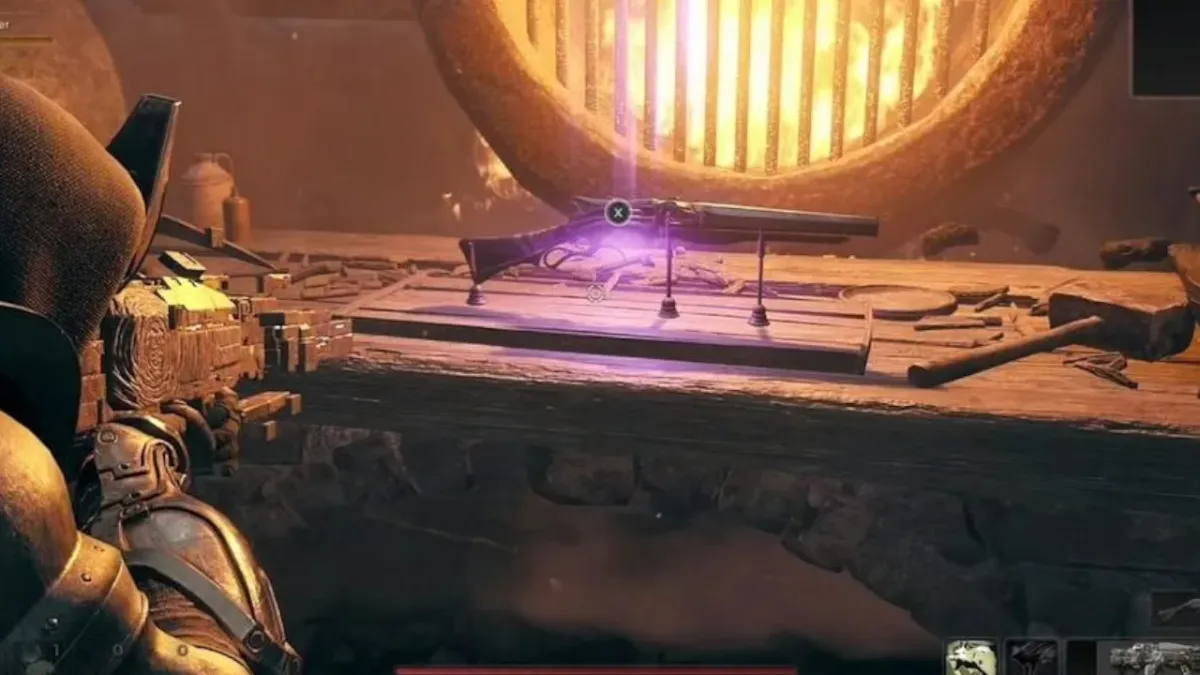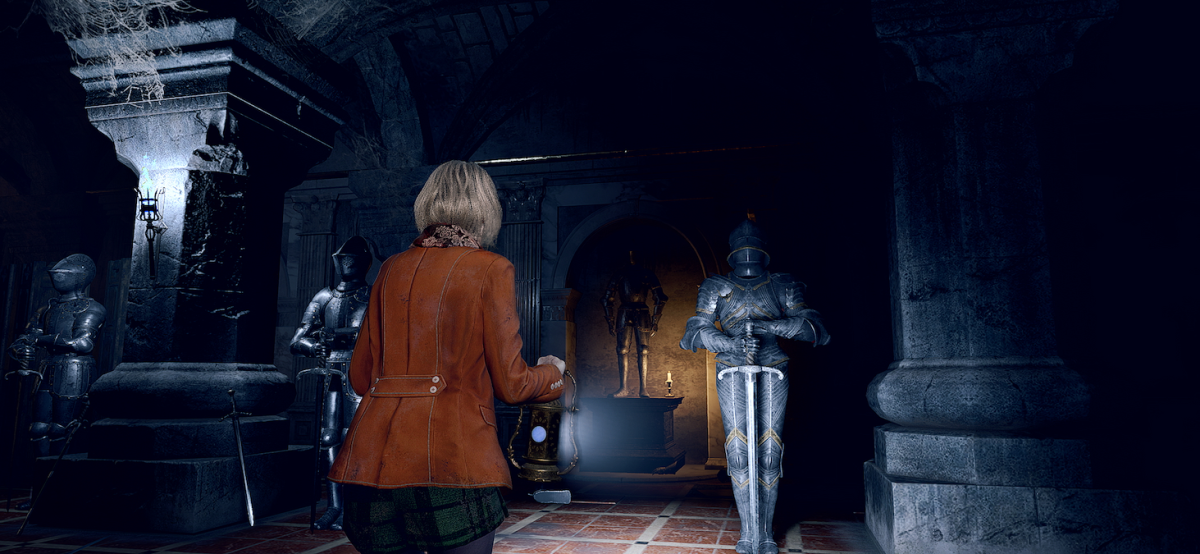Cream of the Croft
Tomb Raider has struggled to find its place in the world over the past few years. Games like Prince of Persia and Uncharted surpassed its sense of exploration and adventure, while the sex appeal that contributed to Lara’s early fame could only go so far, especially with the audience growing increasingly critical of such vapid tactics. Developers and publishers have struggled to know what, exactly, to do with Lara Croft.
The answer, as it always seems to be, is a reboot.
Crystal Dynamics’ latest effort courted controversy with its new take on Tomb Raider — a take that involves putting Lara Croft through physical and emotional hell in a bid to explain her origin and mold her into the daring heroine we’ve come to know and love. It was a risk, and it’s already caused trouble, but I have to admit …
The gamble paid off.

Tomb Raider (PC, PlayStation 3, Xbox 360 [reviewed])
Developer: Crystal Dynamics
Publisher: Square Enix
Released: March 5, 2013
MSRP: $59.99
In the first two hours alone, Lara Croft is battered, smashed, punched, impaled, practically molested, nearly drowned, scraped, scratched, and thrown. Her introduction to the world of treasure seeking is not so much an adventure as it is an exercise in getting every last shade of crap beaten mercilessly out of her. Every time she manages to patch herself up and get cleaned off, you can be sure she’ll be covered in mud, blood, and searing wounds within moments — and she’ll scream in anguish at every brutal step.
At times, the emphasis on Lara’s pain borders on the obsessive, dishing out punishment to a relentless degree. It gets to the point where you more or less expect to see something horribly painful before it happens, predicting accurately where the next fall or scrape is coming from. In the early chapters, this carnival of trauma is almost comical in its overabundance, but once it gets over its initial hump, Tomb Raider settles into a solid story about overcoming terrible odds and finding one’s place in the world — a fitting allegory for the series as a whole.
A few hours in, Tomb Raider ceases trying so desperately to make us feel sorry for Lara and instead makes us retaliatory — encouraging players to take revenge as a protagonist rather than protect a mawkish victim. The opening maelstrom of injury is merely a setup, a way to make us hate the antagonists — a mad cult on an island that seems to take its inhabitants hostage with ravaging storms — and even does a good job of addressing what it would take for a videogame protagonist to actually kill the amount of bad guys slaughtered casually in any given action title.
While the overall plot is a bit light and eventually gets corny in its mysticism, the personal story of Lara grows into something worth experiencing, a far cry from the exploitative punishment it first appears to be going for.
Evolving from past installments in the series, and taking no shortage of cues from Uncharted, Tomb Raider gives us a heavier, more methodical game, liberally peppered with impressive setpieces and moments of calm eeriness that almost borders on survival horror. When not in combat, Lara will be climbing rock faces, jumping over chasms, shimmying up ropes and solving puzzles, all using a fairly simple interface that tosses in the occasional one-button QTE to keep you on your toes. Although not quite open-world, each environment is significantly large and littered with a ridiculous amount of hidden items and collectibles. As Lara gains new equipment, she can fast travel to previous areas and access previously unreachable territory, firing rope arrows to cross large gaps or using a pickaxe to pry open doors.

A tap of a shoulder button activates Lara’s “Survival Instincts,” highlighting objects that can be interacted with, or precious animals and scrap metal. Animals can be hunted for experience points, while optional hidden tombs can be discovered and raided. As Lara earns experience and picks up scrap, she can hone her skills to unlock new abilities, and craft attachments for her weapons to give them stat boosts and alternate fire modes. Tomb Raider‘s adventure can be extended immensely by the sheer wealth of extra distractions on offer, and players are free to return to the island after the campaign’s been defeated, to go for 100% completion.
Battle is as big a part of Tomb Raider as navigation, and that’s a surprisingly good thing, because Crystal Dynamics has been able to create a most elegant combat system. When enemies are near, Lara transitions into a crouching stance, and will automatically take cover near convenient walls and boxes. While most game characters take cover with obtrusive — and often unwanted — snaps, Croft manages to flow naturally and simply from cover to combat to regular movement, in a way that never seems obnoxious or unnecessary. The game’s contextual animation is superb, and seems know exactly the correct thing to do in any given situation.
When taking cover, enemies won’t be able to spot Lara, allowing her to sneak up behind them for silent executions or take them out with her new combat bow. Stealth can be a valid option in most situations, but is never an absolute necessity, and many times the combat is unavoidable. Fortunately, Lara can more than hold her own against the crazed island inhabitants, and killing them is so much fun, it more or less undermines the whole narrative about the impact of taking human life. An unfortunate loss, but one that is made up for in spades.

Although founded in traditional third-person cover shooting, Tomb Raider‘s combat feels more dynamic in its approach than the usual ranged head popping we see in similar systems. Enemies regularly launch fire or explosive attacks on Lara’s position, forcing the player to constantly scramble from cover to cover. Melee attackers sometimes charge forth, requiring a quick transition into dodging and countering their wild swings. Lara, meanwhile, fights back with a bow, handgun, rifle and shotgun, with plenty of convenient exploding barrels, fire arrows, and her trusty axe on hand to sow destruction among enemy ranks. The result is a combat system that’s chaotic, but tightly orchestrated, designed to stop players ever feeling too comfortable while encouraging the constant movement and quick reflexes not typically required of the average cover shooter.
Tomb Raider isn’t afraid of a setpiece moment, and goes to town in some of its big chasing and falling sequences. Whether sliding down a rocky river, escaping a cave filled with explosive gas, or running through the collapsing architecture of a burning building, Lara faces some truly climactic challenges, with environments that constantly chase the player or throw up barriers that must be quickly climbed over, jumped across, or destroyed, to avoid catastrophe. At times, the game does rely a bit too heavily on ambush, making the action so fast that trial-and-error is often required to memorize where all the pitfalls are. For the most part, however, these high octane sequences are stylishly pulled off, and I found myself breathing a very real sigh of relief after getting through some of the most explosive ones.

Despite the quality of its bombastic moments, Tomb Raider is at its best when it’s slowing things down to a crawl. At various points, Lara finds herself in some genuinely frightening situations, with an atmosphere foreboding enough to belong in a Silent Hill game. A particular highlight is a subterranean prison full of starving, rambling lunatics. There’s very little actual danger to worry about, but the whispers in the dark and the scenes of blood soaked degradation are nonetheless effectively disturbing. Similarly, those moments before a big fight, stalking cultists, listening to their conversations, and preparing to strike, make for some great tensity.
One of Tomb Raider‘s few major setbacks is its camera. While it’s competent at following Lara and never gets in the way, Crystal Dynamics deliberately designed it so it shakes every time Lara moves. Perhaps crafted to make the player feel uneasy and evoke Lara’s uncertainty, the result is more akin to disorientation and annoyance. It is something one gets used to, and by the end of the adventure I barely noticed it at all, but my first half of the game was spent trying to force my eyes to cope with the motion, as there’s no way to switch it off. This kind of “handicam” approach works in small doses, like Gears of Wars‘ famous “roadie run,” but here it comes across as needless and overbearing.
I also would have liked for Lara to be able to sprint and move faster. There’s sprinting in the multiplayer, but for some reason it’s absent in the solo campaign. This is a more personal gripe, however, it’s not as if Lara moves excruciatingly slow — I just wish she could move quicker to make the optional backtracking more appealing. One other minor, Xbox 360 specific issue, is the game suffering from temporary stuttering after unlocking an Achievement. Once one is unlocked, the game freezes for about a second up to three times in quick succession. An irregular annoyance, but an annoyance nonetheless.

You’ll notice I just mentioned multiplayer. I never thought I’d say this, but Tomb Raider boasts an online multiplayer option heavily influenced by Gears of War. Even less expectedly — it’s actually quite decent. Two teams of four face off in a variety of gameplay modes, one side made of Lara and her friends, the other made of cultists (yes, very much like the COGs and the Locust). With a range of personalized loadouts, rank ups for skill unlocks, and even a charging one-hit kill melee attack, you’d be mistaken for thinking Epic Games had a hand in Lara’s new adventure. Multiplayer is nowhere near as polished and meaty as Epic’s efforts, but it’s certainly a fun distraction worthy of at least a few hours’ play.
As well as regular deathmatch, there are a few modes that give the survivors and the cultists different objectives. Cry for Help has survivors attempt to activate distress beacons by capturing and holding them, while the cultists have to shoot them down and collect the batteries they drop. Each side has a base spawn point, but can spawn on allies if they’re at full health.
Interestingly, the control scheme is expanded in multiplayer. Players get to sprint and possess a melee charge, they can throw grenades and manually toggle crouching. The different control options require mental realignment on the part of the player when transitioning between campaign and multiplayer, and I remain a little puzzled as to why the input is changed. Nevertheless, it’s a decent little online mode. There are plenty of playable characters to unlock and upgrades to buy, while the combat system feels a little rougher and more anarchic when joining others, but is still capable of producing a few laughs.

Visually, Tomb Raider‘s a pretty looking game, if not exceptionally wondrous. While not exactly a Dead Space or Crysis, it does boast some great little animation touches. Lara herself looks terrific when moving, especially her wary glances as she wades through flooded areas, and I love the way she automatically brushes her hand against a wall if she walks near it.
Voice acting is decent, if a little hammy at times, while a remarkable complementary soundtrack adds suitable gravitas to all the game’s best moments. With clear menus, an easy to read map system, and a helpful Survival Instinct as a guide, this is a very well presented bit of entertainment.

Tomb Raider could so easily have gone wrong, and its opening gambit looks like it’s heading down a most erroneous path. It starts off with some ambushing QTEs and absolutely pummels Lara Croft into the dirt to such a degree, you’d almost suspect the developers were getting off on it. This first impression is an awkward obfuscation, however, one that soon erodes to reveal a savvy, thoughtful, and above all, immensely enjoyable game. In fact, I’m happy to go on record as saying this is the best Tomb Raider game I’ve played. Tightly produced, competent in both its puzzling and its combat, this is one reboot that manages to be unequivocally superior to its predecessors.
Lara Croft has at last scaled the mountain of relevance once again, and the view’s pretty good from up there.





